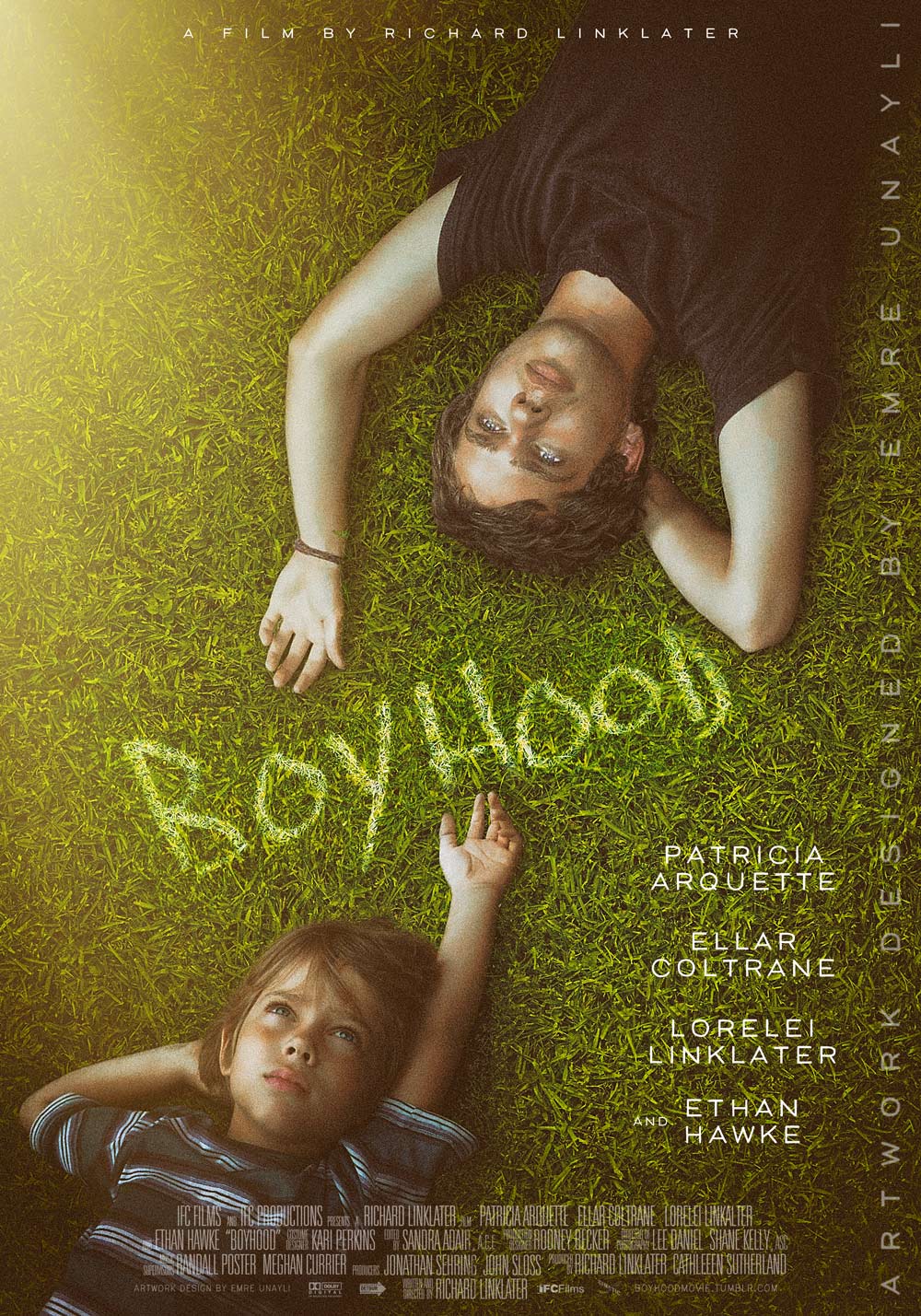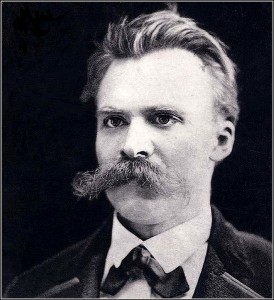My name is Lucy. Photography is my medium. I prefer analog photography to digital, but I definitely appreciate the accessibility of and necessity for digital photography, and I won't try to pretend that I don't go a little crazy with a digital camera in my hands. I understand that if I want some sort of career in photography, I should learn more about the digital side.
Photography was not always the main way that I expressed my creativity. Throughout my childhood, I always wanted to be a writer. I had a hundred different notebooks that were half-full with unfinished stories and plays. Sadly, my motivation to write waned as I got older and now I barely even write in my own journal because I can't find the time. When I do find the time, writing still comforts me.
Music has also been a big part of my life since I was young. Throughout the years, I have picked up piano, flute, guitar, and ukelele. Practicing my instruments is another thing that I have hard time finding time for, but I do still play them all occasionally; the one I practice most often these days is the guitar.
My guitar, picture taken with my SLR
I have loved taking pictures my entire life, and I got much more into it in high school. I would take my little point-and-shoot with me everywhere and annoy the hell out of my friends by taking countless pictures of them, including plenty of ugly ones that I refused to delete because every photo meant something to me. I eventually acquired a Flip video camera and took that everywhere as well. Once I had a good amount of footage, I would make extremely amateur music videos featuring my friends.
The first "friend video" I made, junior year of high school.
My senior year of high school, I took my first photography class from a curmudgeonly, but hilarious old priest we called Father V. It was from him that I first learned the processes of film photography. It quickly became my favorite class and I would spend most of my free periods developing film or making prints. That class made me realize how prevalent my passion for photography was and influenced me to look into it at college.
My freshman year, I was not able to take photography classes, but I dove into it on my own time. I took a lot of pictures with my SLR, and eventually acquired a Polaroid, a TLR, and a Diana F+. Later on, I also got myself an Actionsampler. Experimenting with different cameras has always been extremely fun for me. Once I was able to take the photography classes my sophomore year and learn more about the medium (as well as experimenting with even more cameras), I knew that I wanted to declare my major as Studio Art.
Taken with my Polaroid
Taken with my Diana F+
Taken with my Actionsampler
My most recent projects, including the one I am working on for my capstone, have been done with a large format camera (the kind where you have to go under a sheet to look through it). It can be very frustrating but it is also very rewarding and makes me be as precise as possible with every shot.
I was abroad in London during Fall term, and before leaving, I got a nice Canon DSLR so that I could document my trip. I took an obscene amount of pictures there, including a lot of land- and cityscapes. While I am entranced by the beauty of nature or of a thriving city, my favorite subject matter will always be people. I am very excited to get back to my portrait work in the studio.
View of Windsor Great Park and Windsor Castle
From atop Arthur's Seat in Edinburgh, Scotland
While in London, I also had an internship with DegreeArt.com, a gallery that promotes and sells work from art students and recent graduates. It taught me a lot about the inner workings of an art gallery and the art world as a whole.
I have dabbled with other mediums at Lawrence (mainly because I had to for my major), such as ceramics and drawing, but I always end up back with my cameras. However, I do have multiple creative outlets. My creative energy as of right now will be going towards my capstone, random fun with my DSLR and other cameras, practicing guitar and occasionally piano, my art therapy coloring book, my Wreck This Journal, and my regular journal.
If you made it to the end of this lengthy post, I congratulate you.
Congrats





































